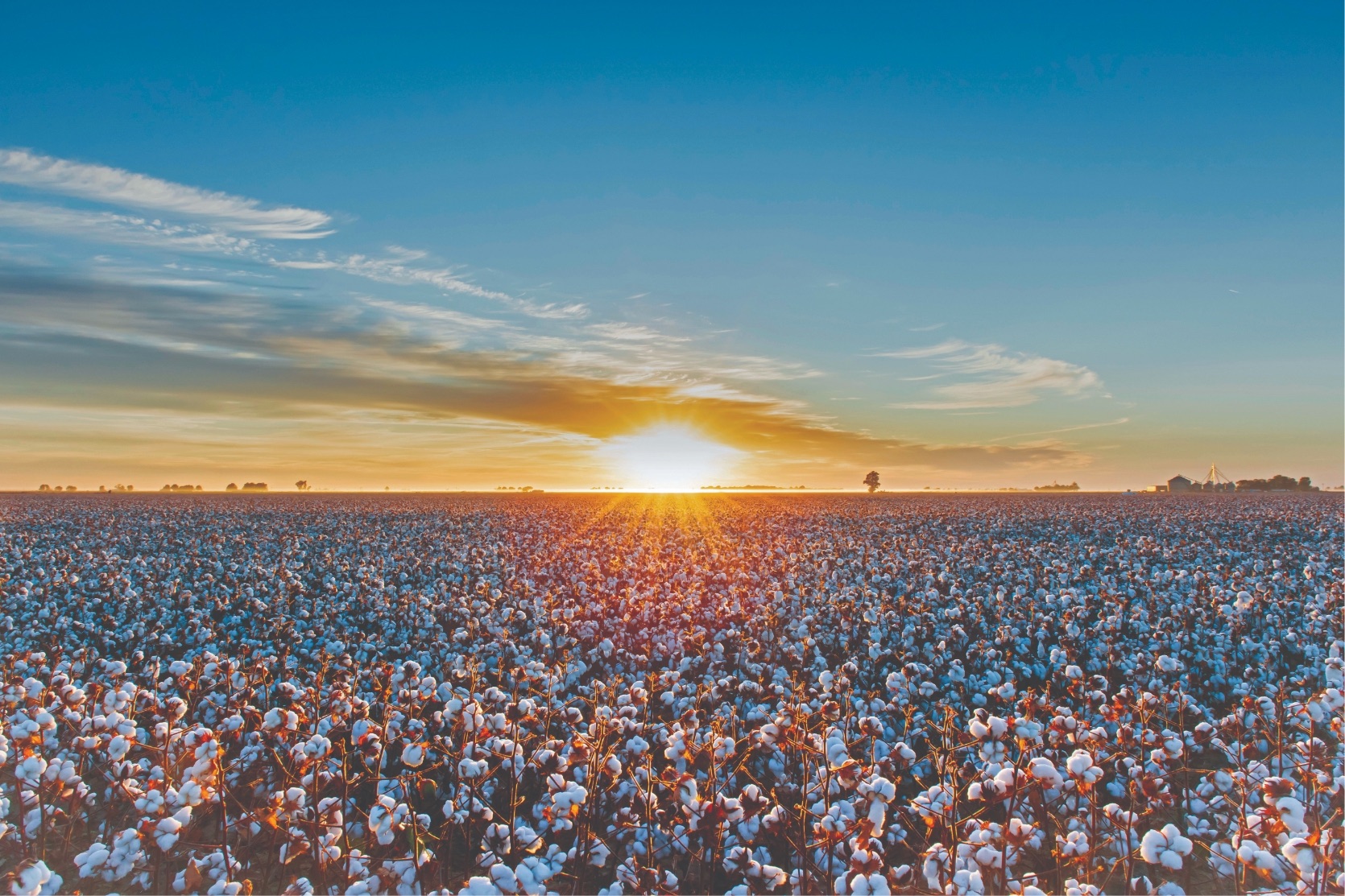In the realm of athletic wear and active lifestyle apparel, the terms Dri-Fit and moisture-wicking are often thrown around interchangeably. However, while both technologies aim to enhance comfort during physical activities by managing moisture, they are not synonymous. Understanding the differences between Dri-Fit and moisture-wicking fabrics can significantly impact your choice of clothing, whether you’re a casual gym-goer or a professional athlete. This article delves into the intricacies of these two fabric technologies, exploring their unique properties, applications, and benefits.
Understanding Moisture-Wicking Technology
Moisture-wicking fabrics are designed to pull moisture away from the skin to the outer surface of the fabric, where it can evaporate more easily. This process is crucial during physical activities, as it helps regulate body temperature and keeps the wearer dry. Moisture-wicking is achieved through specific fabric constructions and treatments, often utilizing synthetic fibers such as polyester or nylon, which have hydrophobic properties.
Key Features of Moisture-Wicking Fabrics:
- Fabric Composition: Most moisture-wicking fabrics are made from synthetic materials that do not absorb water. Instead, they allow moisture to spread across the fabric surface, facilitating quicker evaporation.
- Breathability: These fabrics are often engineered to be breathable, allowing air to circulate and further aiding in moisture management.
- Versatility: Moisture-wicking technology can be found in a wide range of clothing, from athletic wear to casual apparel, making it a popular choice for various activities.
Dri-Fit: A Brand-Specific Technology
Dri-Fit is a proprietary fabric technology developed by Nike. While it shares the moisture-wicking properties common to many synthetic fabrics, Dri-Fit incorporates additional features that enhance its performance.
Distinct Characteristics of Dri-Fit:
- Advanced Fabric Engineering: Dri-Fit fabrics are designed with a unique blend of polyester and other synthetic fibers, which not only wick moisture but also provide a soft feel against the skin. This blend is engineered to enhance comfort and performance.
- Targeted Moisture Management: Dri-Fit technology employs a multi-layered approach to moisture management, where the inner layer pulls sweat away from the skin, while the outer layer allows for rapid evaporation. This two-pronged strategy ensures that the wearer remains dry and comfortable during intense workouts.
- Durability and Performance: Dri-Fit garments are often tested for durability and performance, ensuring that they maintain their moisture-wicking properties even after multiple washes. This is particularly important for athletes who rely on their gear for consistent performance.
Comparing Performance: Dri-Fit vs. Moisture-Wicking
While both Dri-Fit and moisture-wicking fabrics aim to keep the wearer dry, their effectiveness can vary based on several factors:
- Moisture Management: Dri-Fit typically offers superior moisture management due to its advanced fabric technology and construction. The dual-layer system allows for better sweat transport and evaporation compared to standard moisture-wicking fabrics.
- Comfort and Fit: Dri-Fit garments are often designed with athletic cuts that enhance mobility and comfort. The soft feel of Dri-Fit can make a significant difference during prolonged wear, especially in high-intensity activities.
- Brand Reliability: While moisture-wicking is a general term applicable to many brands, Dri-Fit is a specific technology backed by Nike’s extensive research and development. This brand reliability can be a deciding factor for consumers looking for proven performance.
Practical Applications: When to Choose Which
Choosing between Dri-Fit and moisture-wicking fabrics largely depends on your specific needs and activities:
- For High-Intensity Sports: If you engage in high-intensity sports or activities where sweat management is critical, Dri-Fit may be the better option due to its advanced moisture management and comfort features.
- For Casual Wear: If you’re looking for everyday activewear or casual clothing, moisture-wicking fabrics can provide adequate performance without the premium price tag associated with branded technologies like Dri-Fit.
- For Layering: When layering for outdoor activities, consider using moisture-wicking base layers to keep sweat away from your skin, while opting for Dri-Fit outer layers for enhanced performance.
Conclusion
In summary, while both Dri-Fit and moisture-wicking fabrics serve the essential function of managing moisture during physical activities, they do so with varying degrees of effectiveness and comfort. Dri-Fit, as a proprietary technology, offers advanced moisture management and a focus on performance, making it ideal for serious athletes. On the other hand, moisture-wicking fabrics provide a versatile and often more affordable option for casual wearers. Understanding these differences can help you make informed choices about your athletic apparel, ensuring that you stay comfortable and dry, no matter the activity.

